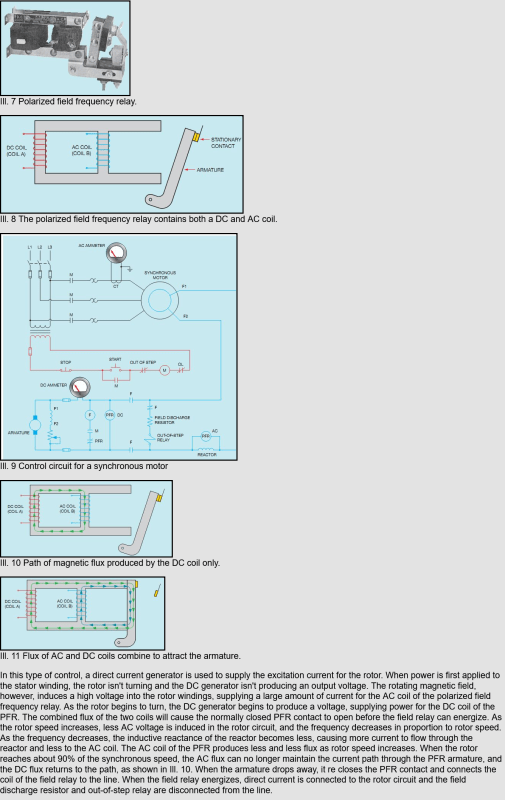rockman7892
Electrical
Customer has a 17,400hp 13.8kV brushless synchronous motor that is driving a centrifugal compressor. This motor is fed from a dedicated feeder breaker that is part of a 13.8kV Switchgear lineup. The motor has a 2200 HP Induction Pony Motor that is used for starting the synchronous motor and once the motor is started and the exciter field applied the feeder breaker is closed to sync the motor to the utility power (switchgear main bus).
It is being reported that they are frequently blowing diodes in the diode wheel of the rotating exciter which is occurring most of the time during starting. It is being suspected that when the feeder breaker is closing its slightly out of sync with utility voltage which is causing a voltage transient which is seen in the stator of the motor and then reflected onto the rotating exciter of the motor and causing the damage to the diodes in diode wheel. There is basic snyc check setup across the breaker however its operation and accuracy are now in question.
My question: Is it possible for a voltage transient from out of phase syncing (or any other voltage transient) to be reflected from the motors stator onto the rotating exciter? In this case I believe it would have to be reflected from the stator onto the actual rotor and then make its way into the diode bridge somehow? Is this possible? I also thought that most diode wheels had some sort of resistor or snubber design to mitigate such transients during starting?
As part of a side question, it is my understanding that synchronous motors can also be started as induction motors and then when they are up to speed the field is applied? In such cases the utility voltage is used for starting and thus breaker syncing is not in the picture. Is there a particular size or application which warrants starting motor with a pony motor and essentially starting it as a generator before syncing to utility? Does the field get applied after the pony motor brings motor up to a certain speed?
It is being reported that they are frequently blowing diodes in the diode wheel of the rotating exciter which is occurring most of the time during starting. It is being suspected that when the feeder breaker is closing its slightly out of sync with utility voltage which is causing a voltage transient which is seen in the stator of the motor and then reflected onto the rotating exciter of the motor and causing the damage to the diodes in diode wheel. There is basic snyc check setup across the breaker however its operation and accuracy are now in question.
My question: Is it possible for a voltage transient from out of phase syncing (or any other voltage transient) to be reflected from the motors stator onto the rotating exciter? In this case I believe it would have to be reflected from the stator onto the actual rotor and then make its way into the diode bridge somehow? Is this possible? I also thought that most diode wheels had some sort of resistor or snubber design to mitigate such transients during starting?
As part of a side question, it is my understanding that synchronous motors can also be started as induction motors and then when they are up to speed the field is applied? In such cases the utility voltage is used for starting and thus breaker syncing is not in the picture. Is there a particular size or application which warrants starting motor with a pony motor and essentially starting it as a generator before syncing to utility? Does the field get applied after the pony motor brings motor up to a certain speed?

